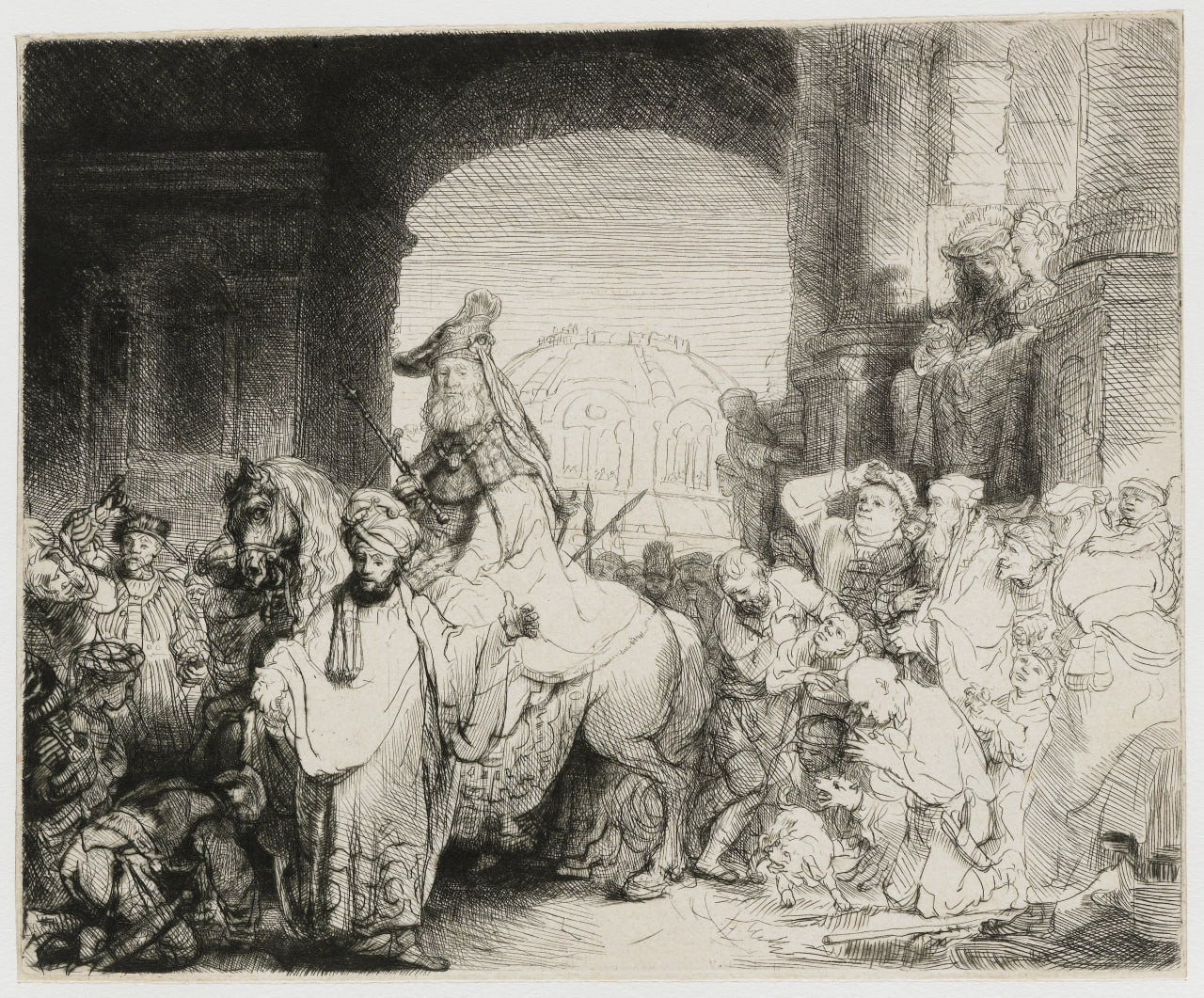Roman Grigoriev’s lecture.
We will discuss how the story of the woman who saved her people from imminent danger is reflected in the art and worldview of Rembrandt and his contemporaries in Western Europe. The fact that the original Hebrew text makes almost no mention of God, the Temple, or prayer hardly troubled 17th-century Europeans. For them, the story’s heroic dimension (a heroine risking her life to save her people from extermination) was paramount, as was the opportunity to demonstrate high artistic skill in depicting intense emotions during the plot’s climactic moments.
Each of the artists whose works will be featured in the lecture found a different point of interest in the story: Lucas van Leyden, Paolo Veronese, and Pieter Lastman were drawn to festive and magnificent depictions of victory, while Rembrandt is noted for his ability to portray deep psychological tension at decisive moments in the biblical narrative. The older artist, Hendrick van Steenwijck, saw the text as an opportunity to demonstrate perfect mastery of the “Nocturne” style—illuminated night scenes that were particularly beloved by 17th-century European audiences. Others, such as Jan Steen, famous for his love of presenting “sublime” plots in a low-brow comic context, chose to present the story of the Scroll in a comical, almost buffoonish manner.
In addition to the artistic aspects, we will discuss the ideological significance of works depicting the Book of Esther for Rembrandt’s countrymen. The story of the rescue of a small nation finding itself “surrounded by enemies” and threatened with extermination naturally resonated with the inhabitants of the Netherlands. For fifty years prior to Rembrandt’s birth, they had struggled determinedly against the Spanish Empire for their political independence and spiritual freedom.
Following the lecture, a guided tour in Russian will be held.
